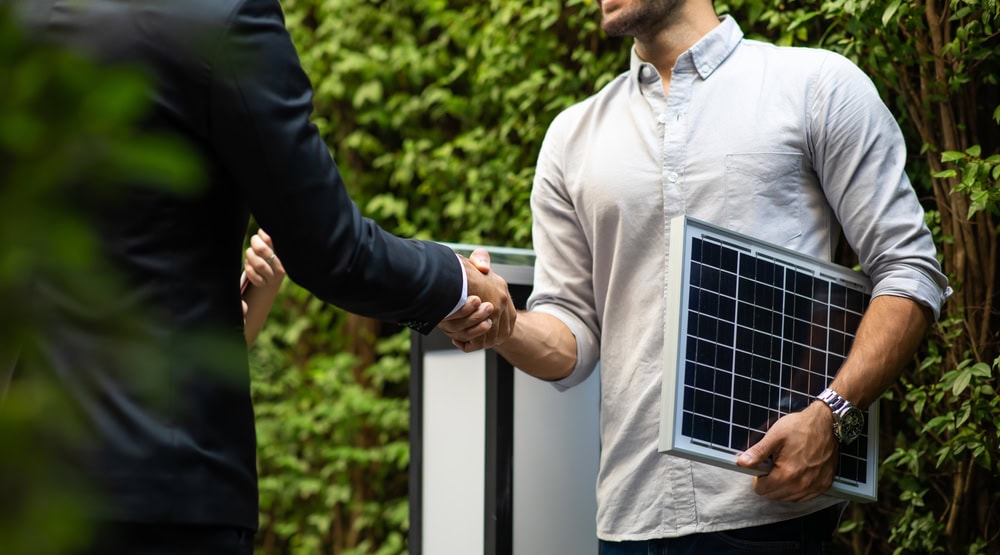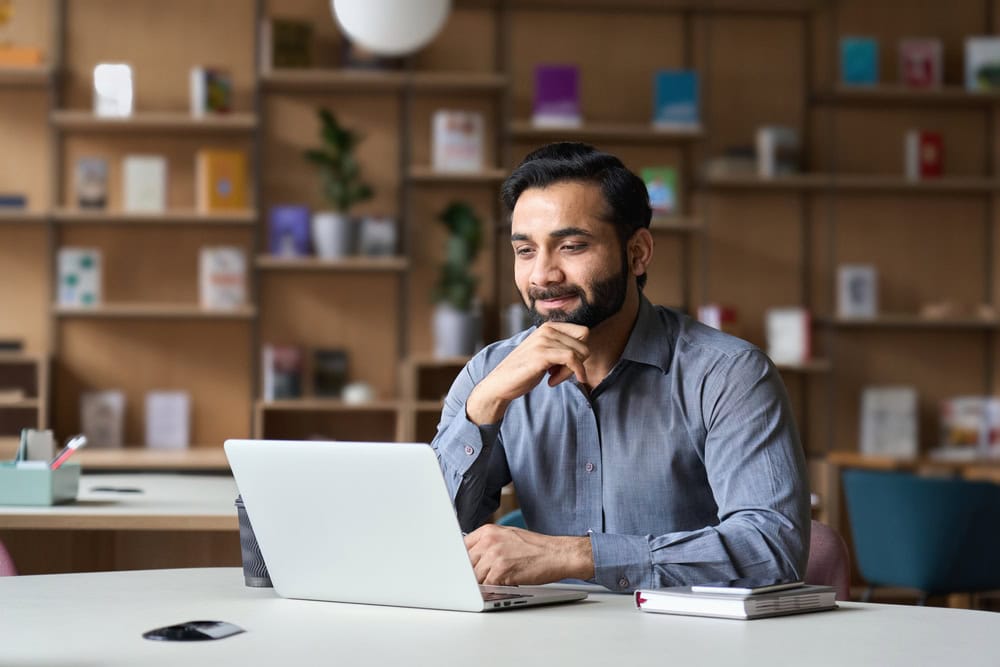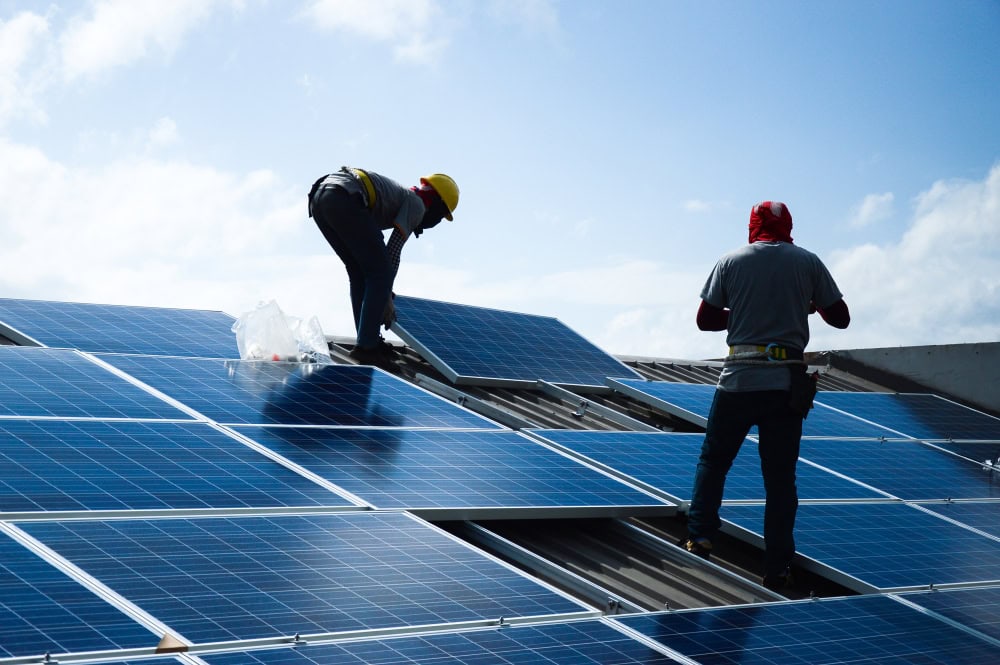Water Conservation Techniques for Contractors
Water conservation is becoming increasingly important in modern construction, especially in regions prone to droughts and water shortages. For contractors, offering water conservation services can not only help the environment but also attract clients looking to reduce their water usage and costs. This guide will explore various water conservation techniques, the necessary certifications and training, … Read more










